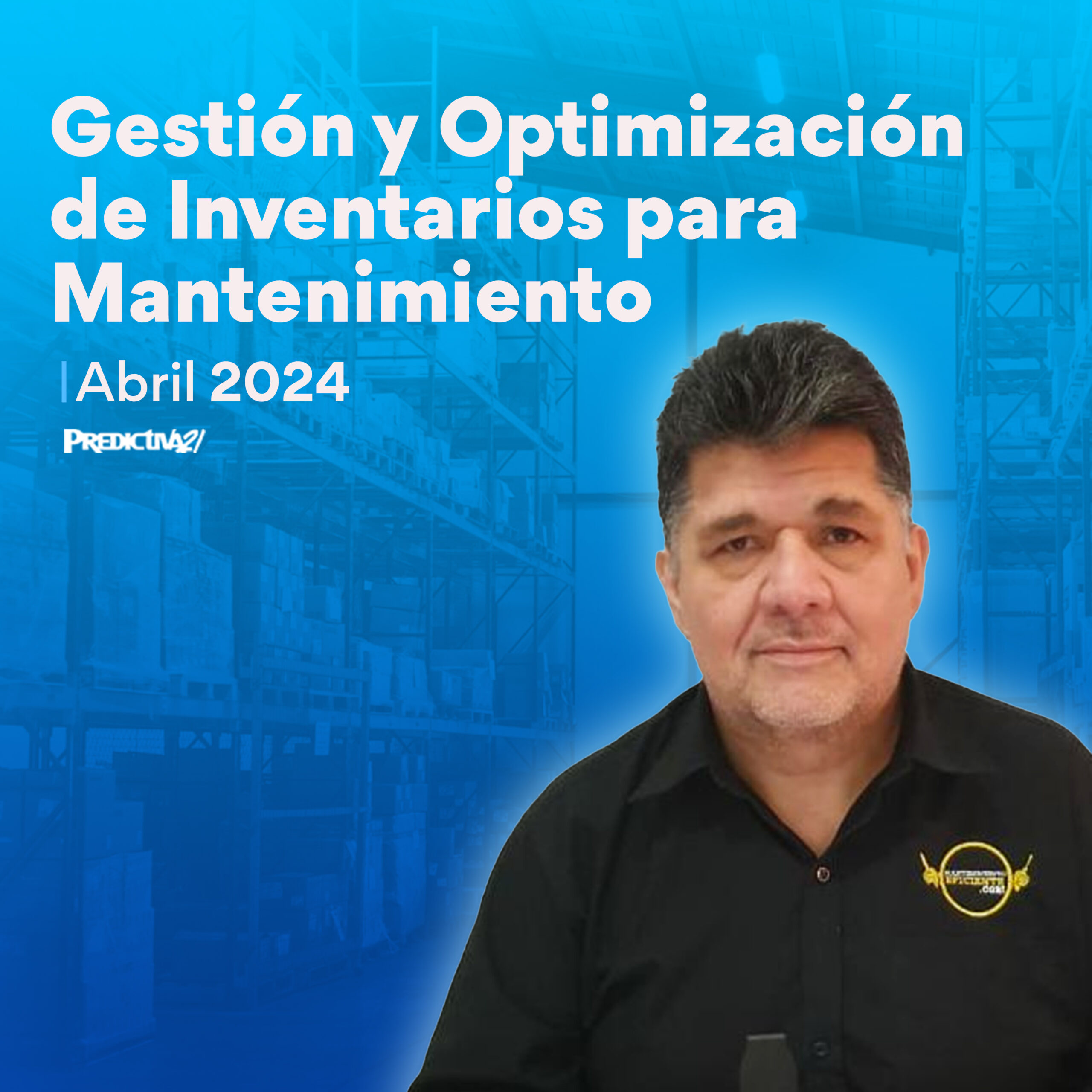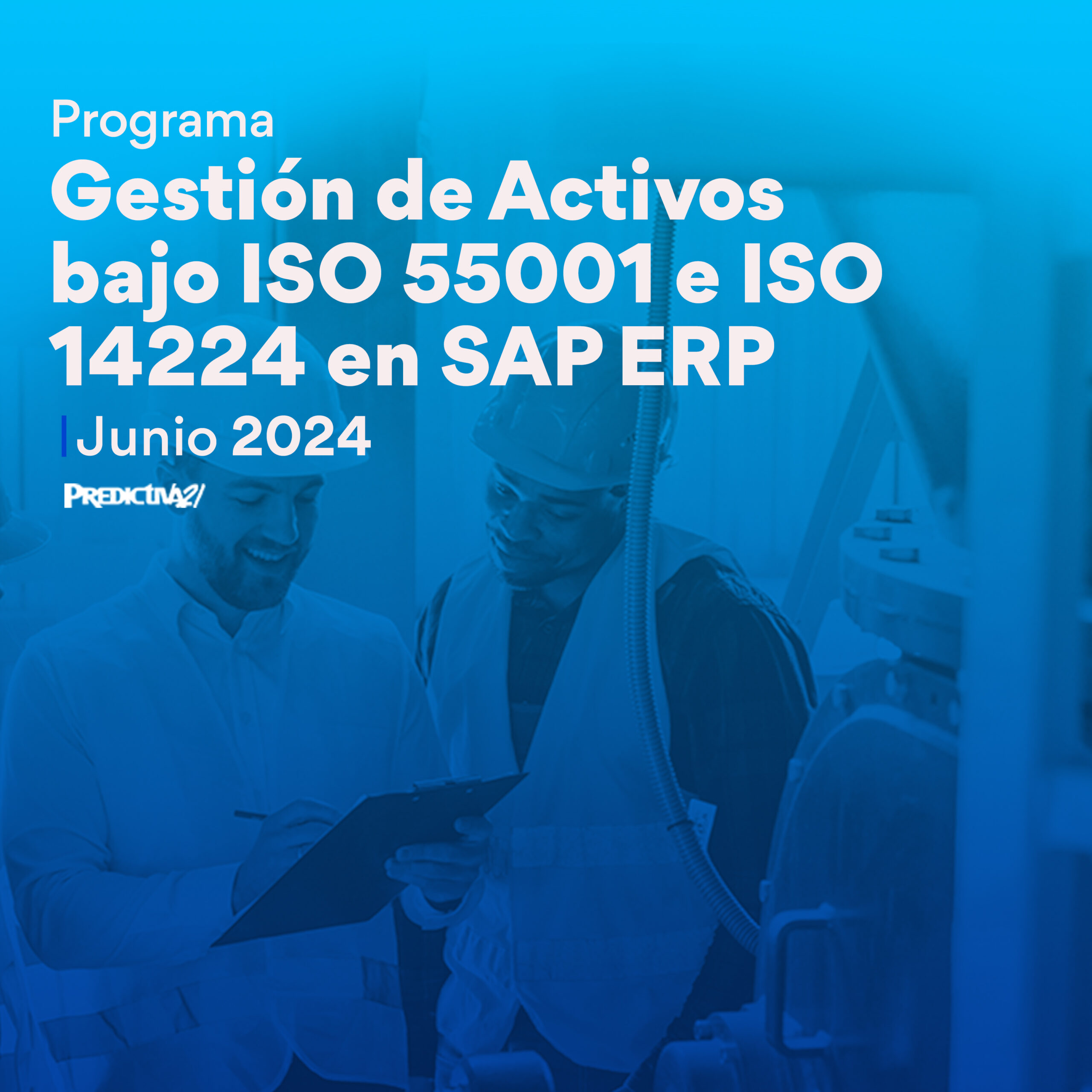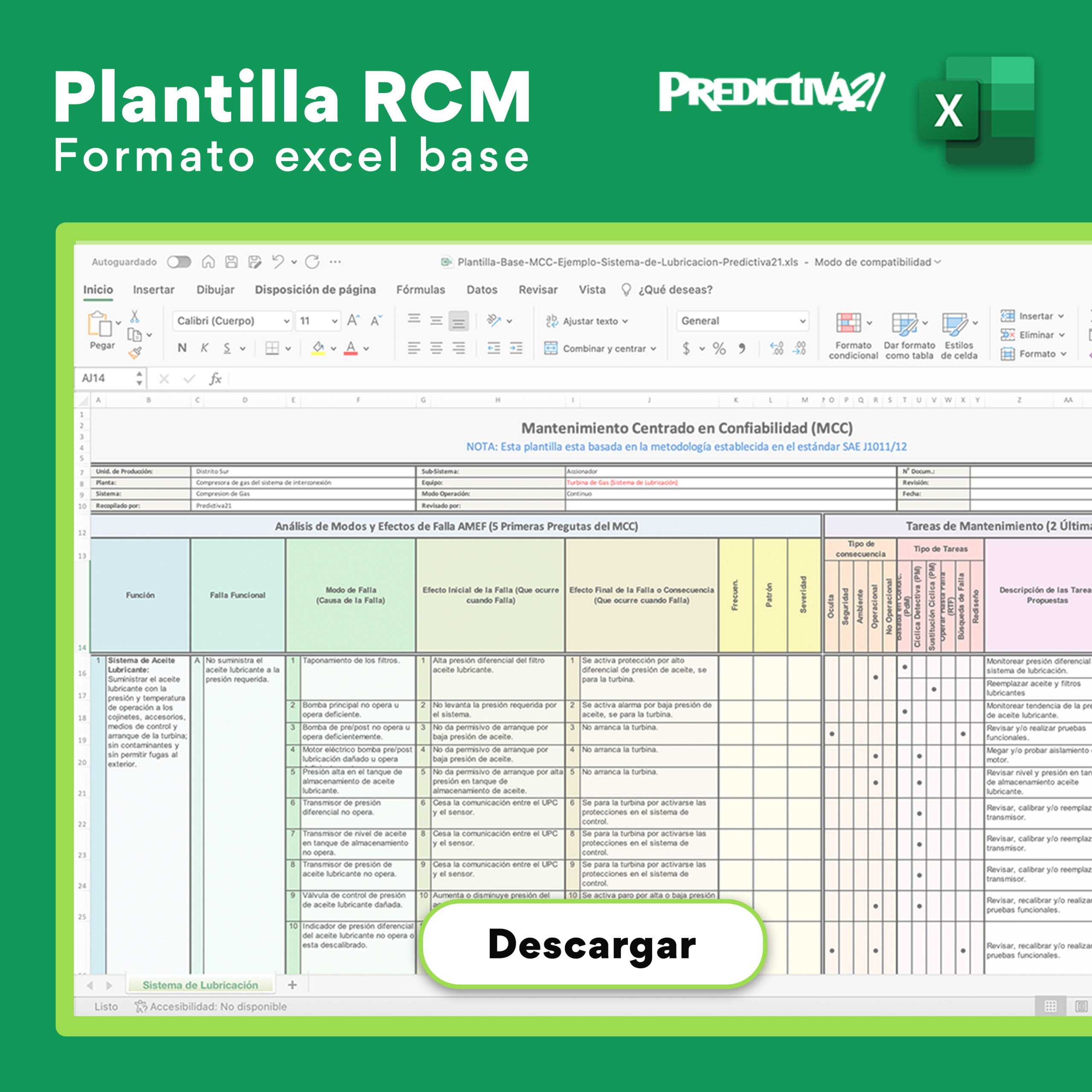On January 15, 2014, the Technical Committee TC 251 from ISO concluded its work and finally published the set of ISO 55000 regulations for Assets Management. The scheme is similar to those from quality management (ISO 9000, 9001 and 9004); in this case, the three regulations that integrate this international standard are:
- ISO 55000:2014 Asset management — Overview, principles and terminology.
- ISO 55001:2014 Asset management — Management systems – Requirements.
- ISO 55002:2014 Asset management — Management systems – Guidelines for the application of ISO 55001.
This standard and all the other ISO standards for management systems comply with the ISO 72:2001 guidelines and justification for the development of management systems standards (MSS Management System Standards). This guidelines outline the common elements of policies, planning, implementation, operation, performance evaluation, improvement and review by the management. It also establishes that the management systems should be developed under the PDVA continuous improvement methodology: Plan, Do, Verify, Act.
The base for developing ISO 55000 was the British PAS-55. This ISO standard comes from the 28 elements included in PAS-55, parts 1 and 2. ISO 55001:2014 specifies the requirements for an assets management system within the context of the organization. This standard has the purpose of being used to manage assets but may be applied for other kinds of assets.
ISO 55000:2014 is the regulation that defines the terminology to be used in these series. It includes the following graphic that shows the relationship between the key words:

ISO 55000 highlights that assessing the value of the organization’s assets takes risk in consideration. ISO 31000:2009 Risk management — Principles and guidelines gives principles and generic orientation for risk management. It is complemented by ISO Guide 73:2009 Risk management — Vocabulary.
The risk is defined as “Effect of uncertainty on the objectives” and NOTE 1 specifies that “an effect is a deviation from the expected – positive and/or negative”.
The development of ISO 55001:2014 follows this structure:
- Organization (Clause 4).
- Leadership (Clause 5).
- Planning (Clause 6).
- Support (Clause 7).
- Operation (Clause 8).
- Performance Evaluation (Clause 9).
- Improvement (Clause 10).
To put it graphically:

It´s important to point out that ISO 55001:2014 is not a standard on reliability and maintenance management, but that doesn’t mean that maintenance and reliability doesn’t have an important role in it. Annex A (informative) from the list of assets management activities shows many among which we find familiar to us as professionals in maintenance and reliability. For example, there are condition monitoring, life cycle cost, non-destructive tests, etc.
Assets management covers the assets life cycle which comprehends:
- Concept.
- Design.
- Procurement.
- Construction/Installation.
- Comissioning.
- Operation.
- Maintenance.
- Decomissioning.
- Final Disposition.
Which we can represent in the following figure:

It is estimated that, when the assets commissioning has been completed, 95% of the life cycle cost has already been pre-determined. This is one of the reasons that supports having a management system.
As we can also appreciate, maintenance of equipment comes after six precedent phases in the life cycle. Thus, the inclusion of the reliability analysis from the beginning of the project deserves importance. Those aspects that are not considered during the design phase will have a repercussion in the reduction of the assets reliability. Moreover, the difficulties found in the operation and maintenance will be a consequence of a project that didn´t consider reliability and maintainability during the initial phases of the life cycle.
The following figure taken from Annex B of ISO 50000:2014 shows how the key elements of an assets management system interrelate:

Change management will be an important tool for the organizations that take the path of implementing an assets management system according to a strategic plan and a culture that optimizes assets management during its life cycle from concept to final disposition.
As a conclusion, we want to refer to the existence of different organizations that have already certified their assets management system under the ISO 55001:2014. The first is Reliance Infrastructure Ltd. (RInfra), leading company in India on infrastructure, utilities and energy, for assets management of the distribution network in Mumbai. Then, we find Pacific Gas and Electric Company (PG&E) in the U.S.A., Babcock Group and Scottish Water in the United Kingdom and Abu Dhabi Company for Onshore Oil Operations, ADCO, United Arab Emirates.
Author: Víctor D. Manríquez
Mechanical Engineer, CMRP
MSc in Renewable Energies
Reliability Engineer – Stork
Perú SAC
Professor at IPEMAN
Lima, Perú
Correo: vmanriquez62@yahoo.es
Translation: Richard Skinner



0 comentarios